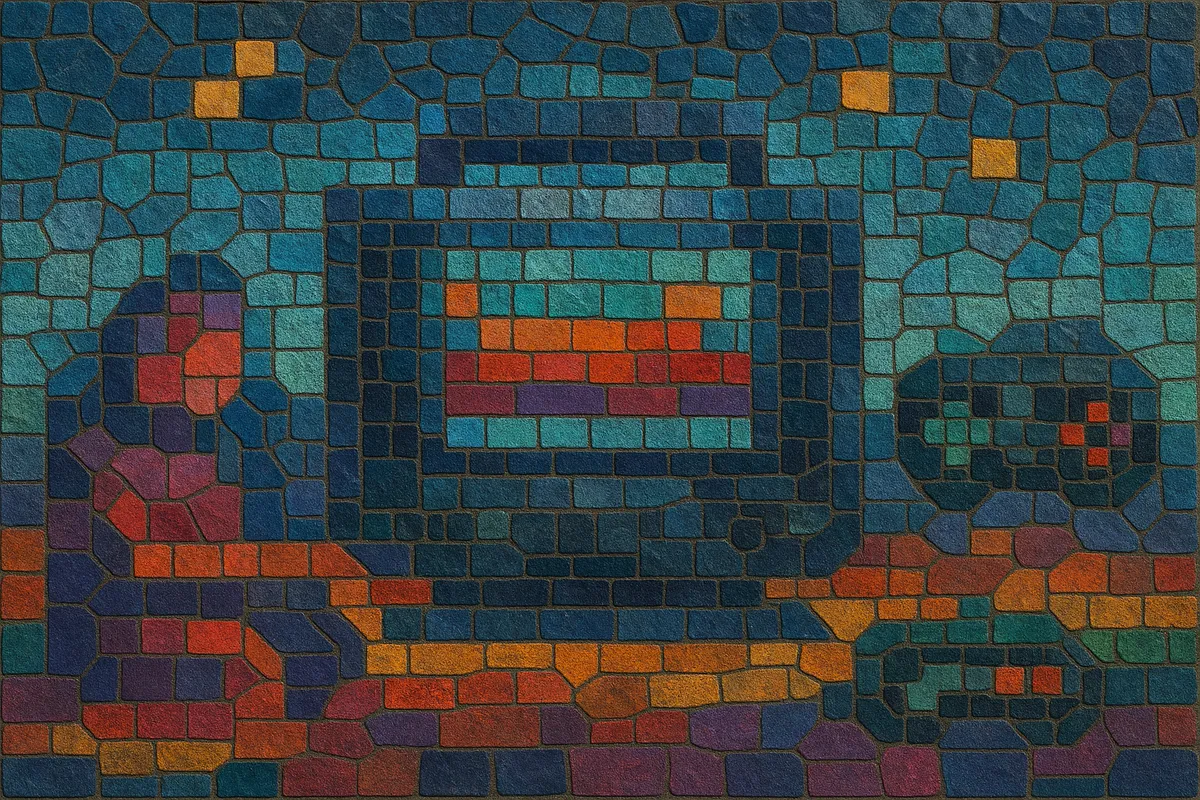16-bit is a video game–rooted music style defined by the sound and technical constraints of the fourth console generation, especially the Sega Mega Drive/Genesis and the Super Nintendo Entertainment System (SNES). It is brighter and fuller than earlier 8-bit chiptune, yet still shaped by strict channel counts, small memory footprints, and distinctive synthesis/sampling engines.
On the Genesis side, the Yamaha YM2612’s gritty 6‑operator FM synthesis and PSG noise/tones produced punchy basses, glassy leads, metallic bells, and snappy drums. On the SNES side, the SPC700/S-DSP playback of tiny BRR-compressed samples with lush stereo panning, built-in echo/reverb, and ADSR envelopes enabled orchestral pads, chorus‑y strings, mallets, and detailed percussion. Melodically, 16-bit music emphasizes memorable hooks and modular loops; harmonically it ranges from bright pop progressions to adventurous, jazz-tinged, or cinematic changes typical of JRPGs and action titles.
Today, 16-bit refers both to original soundtracks from that era and to contemporary compositions that emulate those chips and workflows, retaining the genre’s recognizable timbres, looping structures, and emotive, game-like pacing.
The arrival of 16-bit consoles formalized a leap in game audio capability. Sega’s Mega Drive/Genesis (YM2612 FM + PSG) and Nintendo’s SNES (SPC700 sample playback) gave composers more channels, richer synthesis, stereo imaging, and effects. Japanese and Western developers cultivated signature sounds: driving FM on Genesis beat ‘em ups and shooters; lush, sample‑based palettes on SNES RPGs and platformers.
Publishers invested in standout music to differentiate titles, and composers pushed hardware to its limits. JRPGs, action games, and platformers established many of the genre’s melodic and harmonic tropes—memorable leitmotifs, modular structures that adapt to gameplay, and stylistic breadth from rock and funk to orchestral and jazz fusion. Technical ingenuity—custom drivers, clever sample curation, FM programming, and dynamic music systems—became part of the craft.
As retro aesthetics resurged, indie developers and musicians revived 16‑bit’s language using trackers and dedicated emulation tools. The era’s timbres influenced vaporwave/synthwave scenes and internet microgenres that sample or emulate classic soundtracks. Modern composers blend authentic chip workflows with contemporary production, honoring the constraints (fixed voice counts, tiny samples) while leveraging modern mixing for clarity.
16‑bit music cemented the idea that game scores can deliver strong thematic identity. Its melodies and textures remain instantly recognizable, continuing to shape game-inspired electronic music and nostalgic pop culture.


